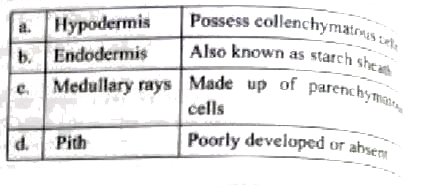Refer to the given dichotomous key.
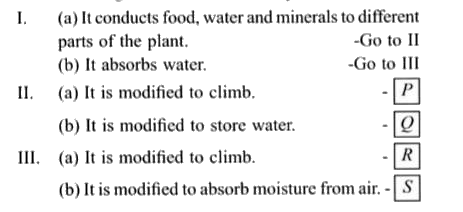
Select the incorrect option regarding P-S
A
P could be tendril of grapevine whereas S could be prop roots of banyan.
B
Q could be stem of Opuntia whereas R could be climbing root of betel.
C
P could be tendril of Cucurbita whereas R could be climbing root of ivy.
D
P could be tendril of passion flower whereas S could be aerial root of orchid.
Video Solution
Text Solution
The correct Answer is:A
According to the given dichotomous key, P and S could be tendril of grapevine and prop roots of banyan respectively.
|
Topper's Solved these Questions
- NSO QUESTION PAPER 2018-19 SET ABOOK - SCIENCE OLYMPIAD FOUNDATION CHAPTER - NSO QUESTION PAPER 2018-19 SET AEXERCISE - ACHIEVERS SECTION
2 Videos
- NSO QUESTION PAPER 2017-18 SET BBOOK - SCIENCE OLYMPIAD FOUNDATION CHAPTER - NSO QUESTION PAPER 2017-18 SET BEXERCISE - ACHIEVERS SECTION
2 Videos
- NSO QUESTION PAPER 2018-19 SET BBOOK - SCIENCE OLYMPIAD FOUNDATION CHAPTER - NSO QUESTION PAPER 2018-19 SET BEXERCISE - ACHIEVERS SECTION
1 Videos
Similar Questions
Knowledge Check
Refer to the given dichotomous key and select the incorrect option regarding organisms P, Q, R and S.
I. (a) Animals with cellular level of body organisation. - __P__
(b) Animals with tissue/organ/ organ system level of body organisation. - Go to II
II. (a)Animals possessing bilateral symmetry. - Go to III (a)
(b)Animals possessing radial symmetry.- Go to III (b)
III. (a) True coelom is present. - Go to IV (a)
True coelom is absent. - Go to IV (b)
IV. (a) Notochord is present. __Q__
(b) Notochord is absent. - Go to V
V. (a) It is represented by medusa form. ____R___
(b) It is represented by polyp form. - ___S___ABody of organism P could contain numerous small pores called ostia and a large opening called osculum on top.BOrganism Q could possess gill slits at some stage of its life.CThe body of organism Scould be differentiated into head, visceral mass and ventral foot.DOrganism R could possess nematocysts.Refer to the given dichotomous key and select the correct option regarding P, Q, R, S and T.
I. (a) Genetic material is not enclosed in nucleus. - Go to II
(b) Genetic material is enclosed in nucleus. - Go to III
II. (a) Lacks cell wall. - P
(b) Possesses cell wall. - Q
III. (a) Unicellular organism - R
(b) Multicellular organism - Go to IV
IV. (a) Plant body is sporophytic and water is required for fertilisation. - S
(b) Plant body is sporophytic and water is not required for fertilisation. - TAP is motile whereas Q is non-motile.BR could be yeast or Chlamydomonas.CBoth S and T produce seeds for propagation of their species.DS could be Adiantum whereas T could be Riccia.Select the incorrect option regarding snakes.
AThey have thin muscles that are connected to each other.BThey are invertebrates.CDuring movement, the snake's body curves into many loops.DBackbone and ribs of snakes help them to move.
Select the incorrect option regarding the given figure
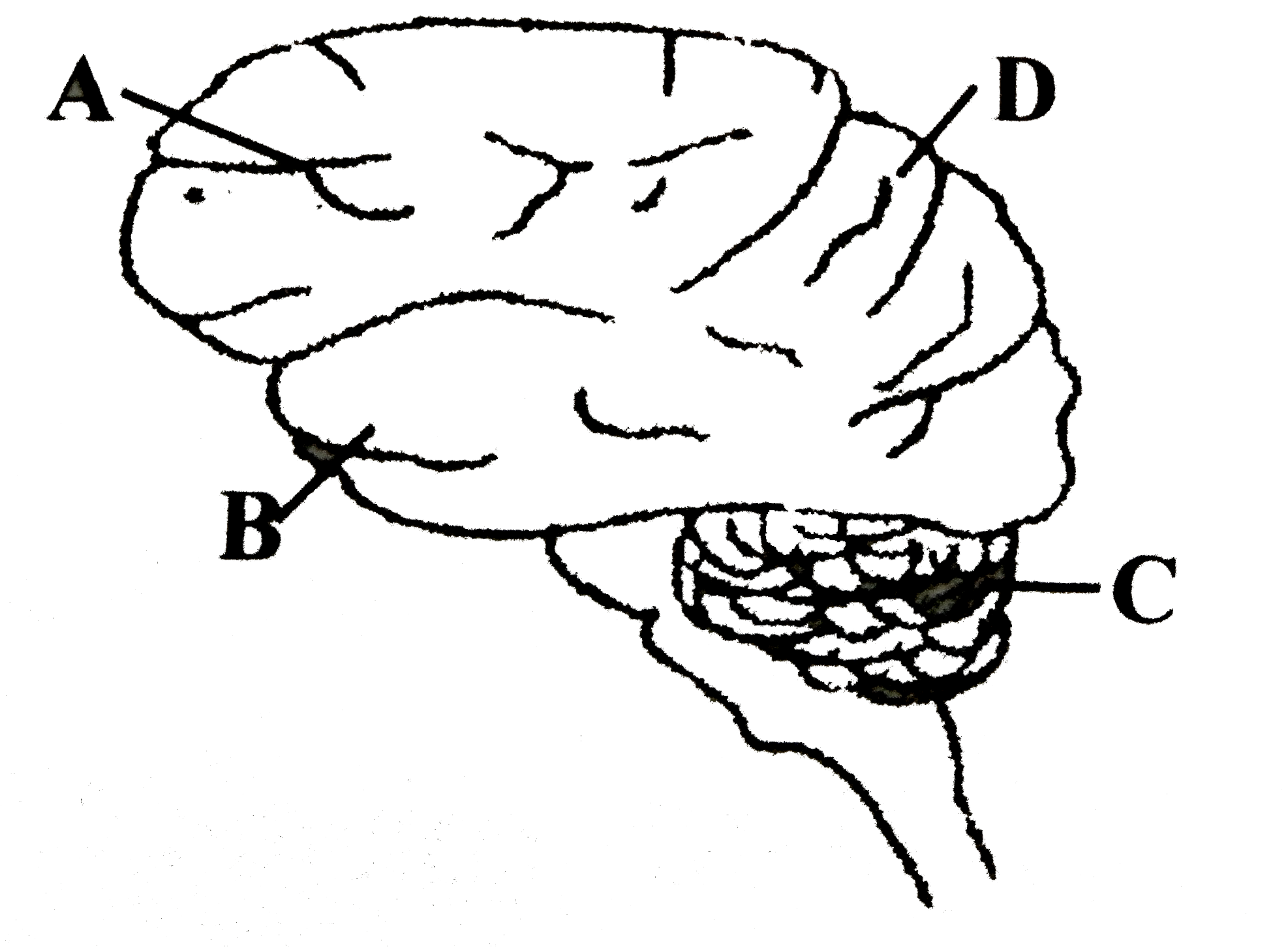
View SolutionRefer to the given figure and select the incorrect option regarding it.
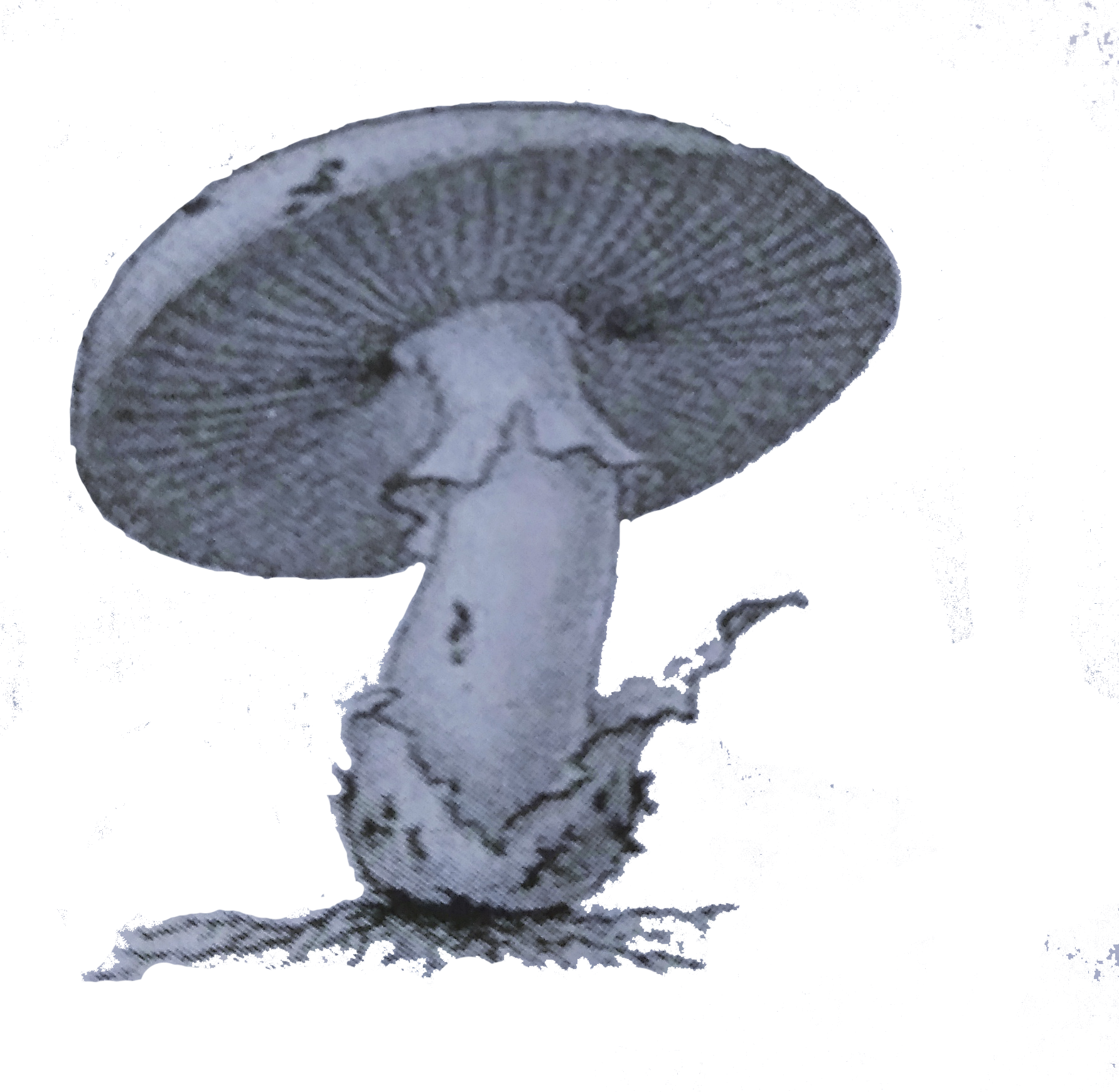
View Solution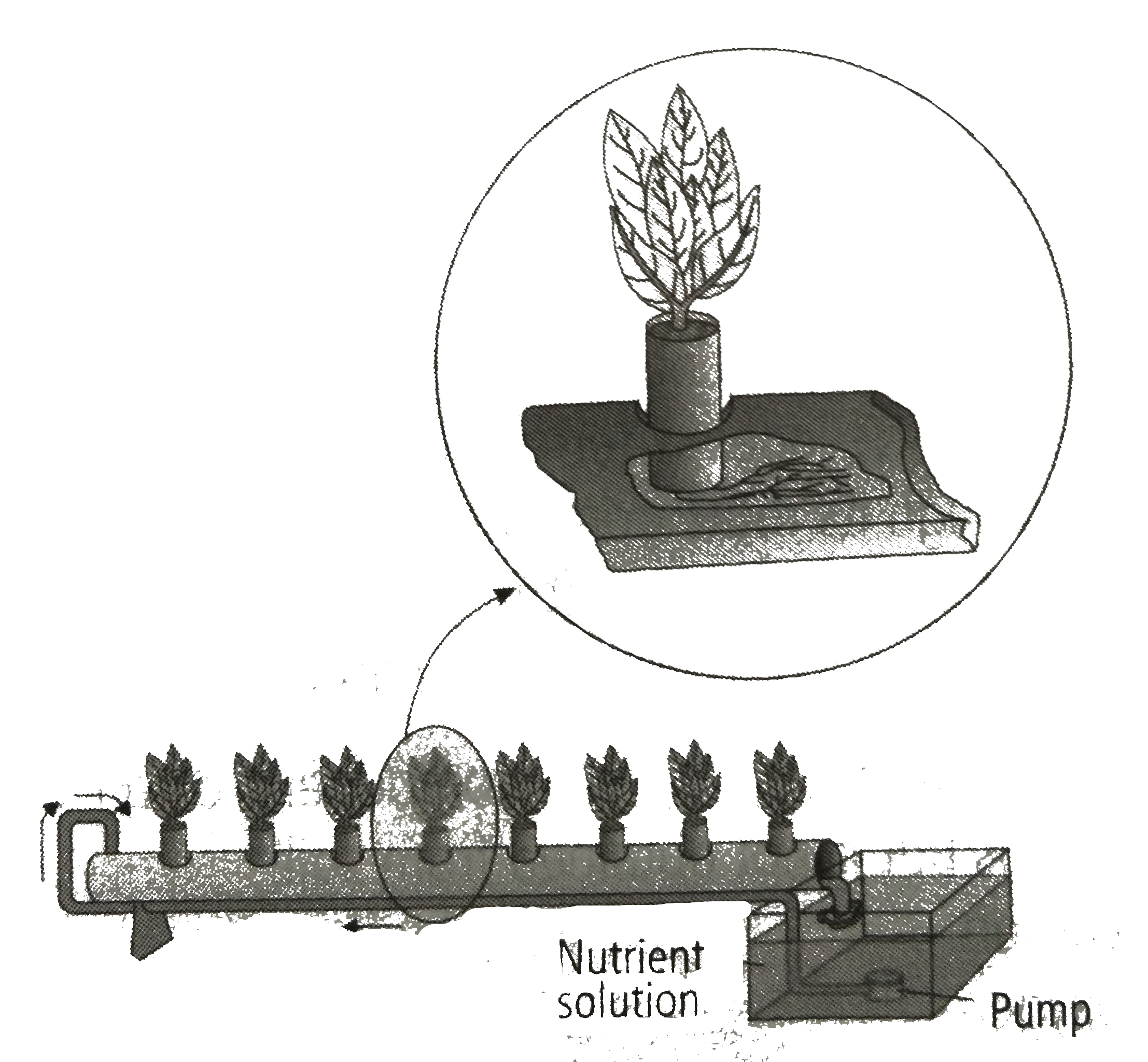
Refer to the given figure and select the incorrect option regarding it
View SolutionRefer to the given figure and select the incorrect option regarding L−O

View SolutionRefer to the given figure and select the correct option regarding X,Y and Z.

View Solution

